Armagh to Dublin: 7 Breathtaking Storybook Stops Along Ireland’s Historic Heartland
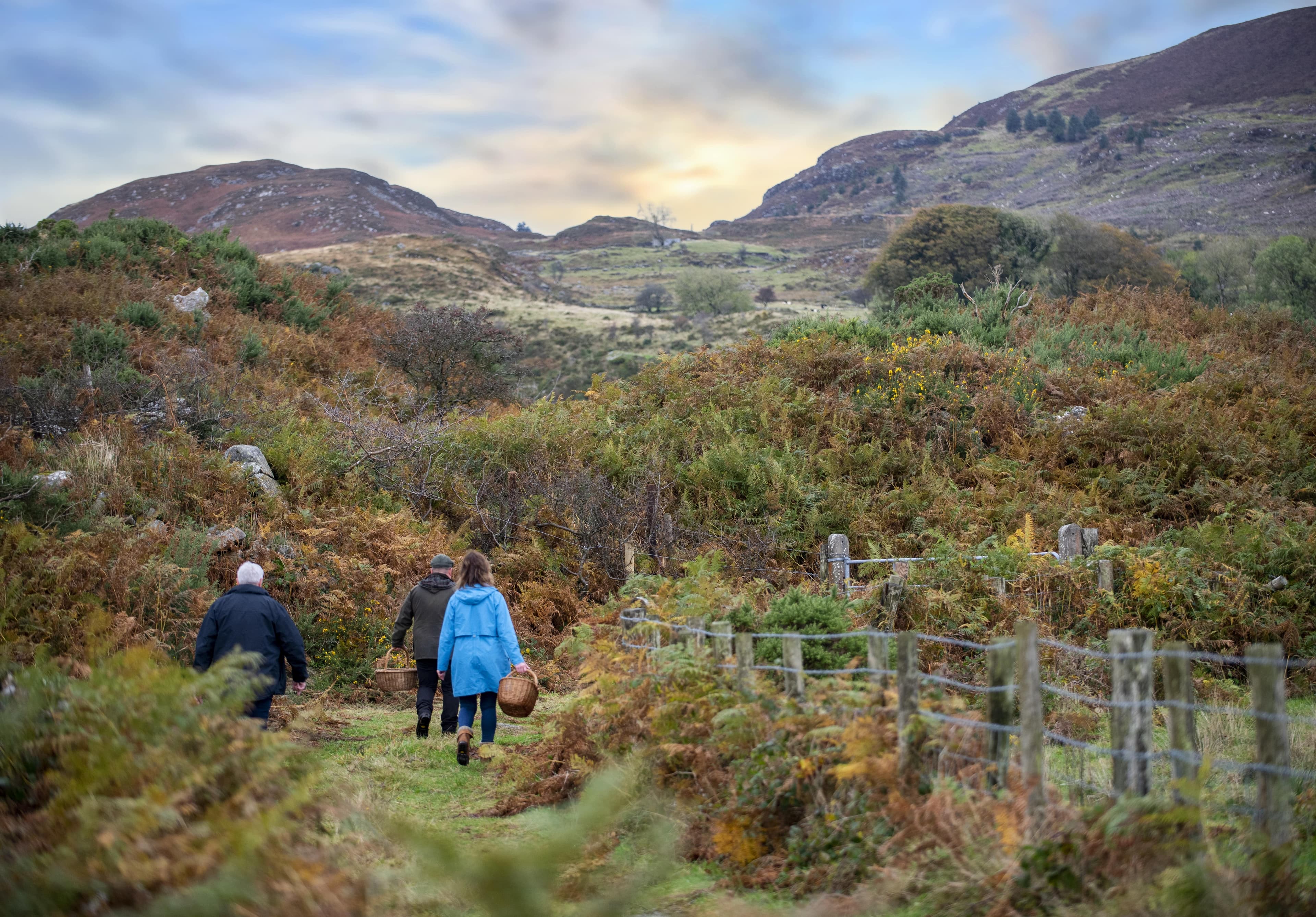
Have you ever thought about taking the road from Armagh to Dublin? This isn’t just a journey between two cities—it’s a passage through the heart of Ireland, where history and heritage meet rolling green landscapes and warm Irish welcomes. Armagh, known as the ecclesiastical capital of Ireland, is a city rich in Celtic mythology, religious significance, and scholarly tradition, with ancient cathedrals and historic sites telling the story of Ireland’s deep past.
As you leave Armagh behind, the countryside unfolds in a tapestry of quiet villages, historic landmarks, and scenic beauty, with hidden gems waiting to be explored. From medieval ruins to charming market towns, the road south offers plenty of chances to step off the beaten track and experience authentic Ireland.
Then there’s Dublin, a city where the past and present exist side by side. Walk through the grand halls of Trinity College, wander the cobbled streets of Temple Bar, or step into the historic charm of Dublin Castle. Whether you’re drawn to the history, the music, the lively pubs, or the stories woven into every street, traveling from Armagh to Dublin is an experience that promises adventure, discovery, and a taste of true Irish spirit.
The Rich History of Armagh
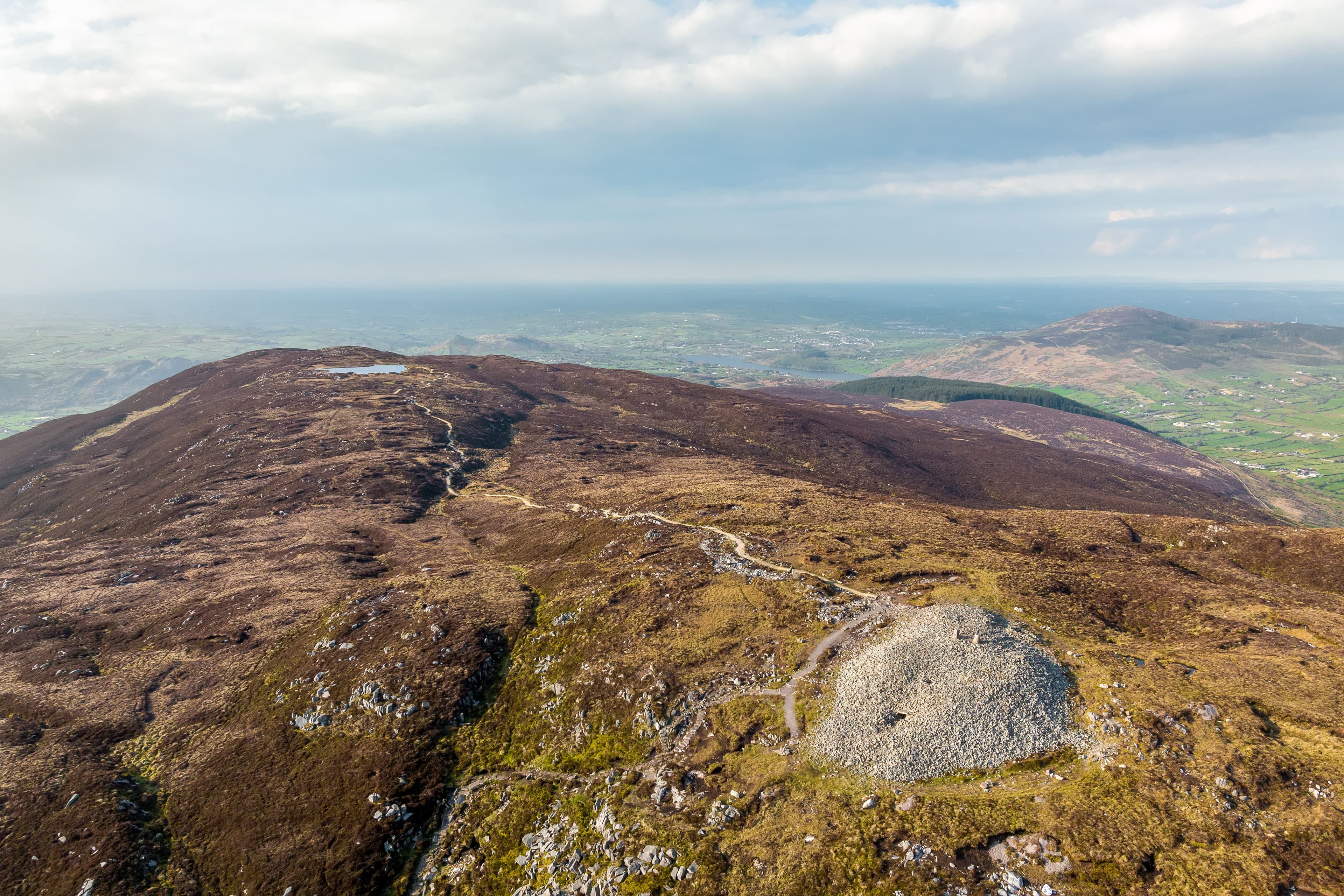
The story of Armagh begins in the mists of ancient Ireland, where it was known as "Ard Mhacha," meaning the Height of Macha. According to mythology, Macha, a warrior goddess, founded the city, marking it as a place of great spiritual significance. This divine connection ensured that Armagh would remain a focal point of power and reverence in Ireland for centuries.
When St. Patrick arrived in Ireland during the 5th century, he recognized the importance of Armagh and declared it the ecclesiastical capital of Ireland. He established a church on the site where St. Patrick’s Cathedral now stands, making Armagh the spiritual home of Christianity in Ireland. Over the following centuries, Armagh became a center of learning and religious devotion, drawing scholars, monks, and pilgrims from across Europe.
During the medieval period, Armagh played a crucial role in Ireland’s religious and political landscape. The city was home to great monasteries, where manuscripts were painstakingly copied and preserved, contributing to the rich literary and scholarly traditions of Ireland. The influence of the High Kings of Ulster also shaped the city, making it a place of royal authority and religious prestige.
Armagh’s historical significance continued through the centuries, surviving Viking invasions, Norman conquests, and political upheavals. Today, it stands as a living testament to Ireland’s past, offering visitors a chance to walk in the footsteps of saints, scholars, and warriors.
Exploring the Wonders of Armagh to Dublin
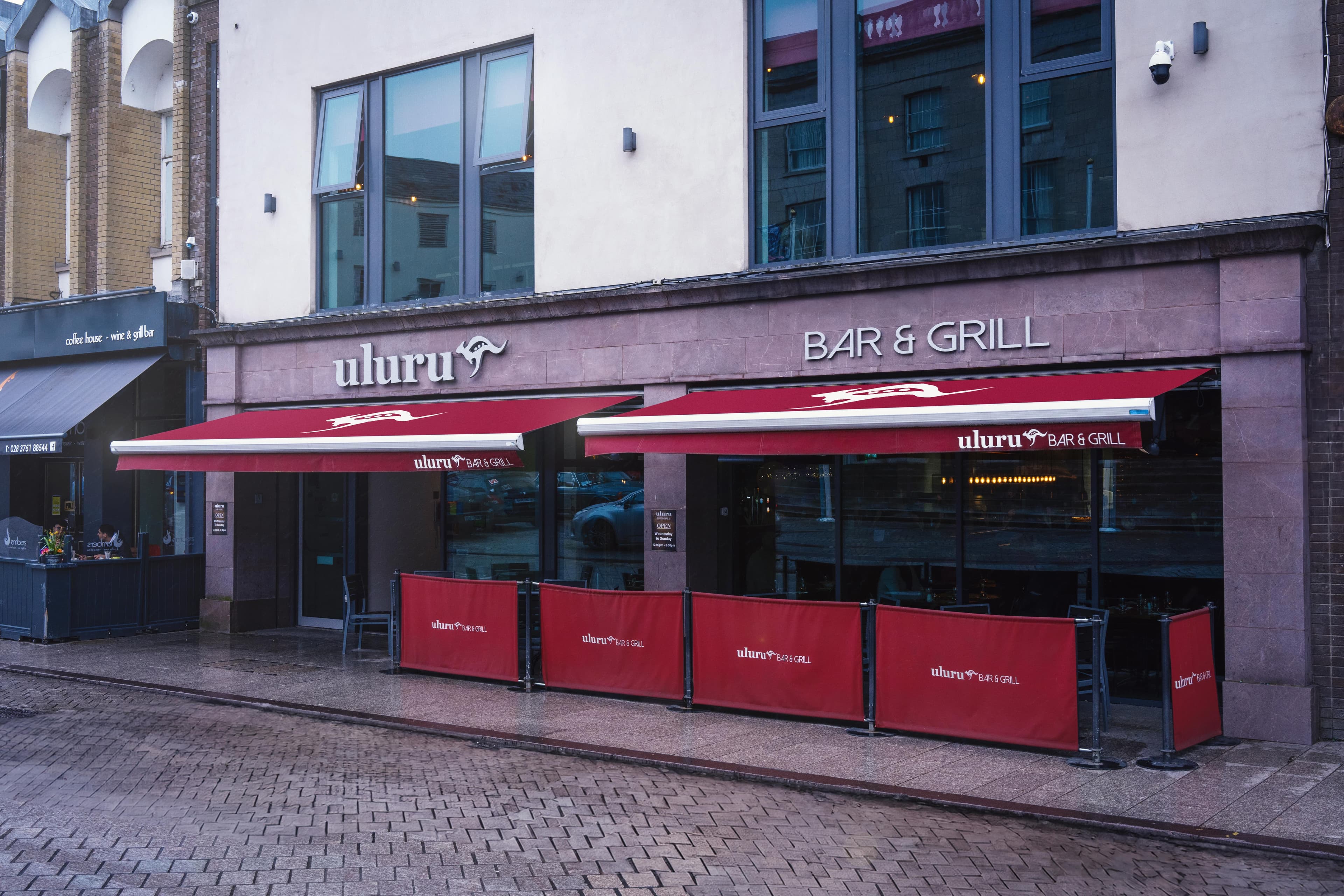
Armagh is a city where history and modern charm blend seamlessly. For those visiting before making the journey to Dublin, countless attractions make this city a captivating destination.
One of the most iconic sites in Armagh is St. Patrick’s Cathedral, which actually has two versions—the Roman Catholic cathedral, built on a hill overlooking the city, and the Church of Ireland cathedral, which stands on the very site of St. Patrick’s original church. Both cathedrals offer stunning architecture, intricate stained glass, and a sense of reverence that transports visitors back in time.
Another must-visit destination is Navan Fort, an ancient ceremonial site that predates Christianity. This was once the seat of the Kings of Ulster, a place of great mythological and historical importance. It is said that the legendary hero Cú Chulainn was raised here, making it a significant location in Irish folklore. Visitors to Navan Fort can explore the earthworks, experience live re-enactments of ancient rituals, and gain insight into Ireland’s Celtic past.
For those who enjoy learning about Ireland’s history in a more structured setting, the Armagh County Museum is an excellent place to visit. This museum houses a vast collection of artifacts, photographs, and exhibits that detail the city’s transformation from an ancient kingdom to a modern hub of culture and education.
Beyond history, Armagh offers a thriving arts and leisure scene. The Armagh Leisure Centre is a great place to unwind, whether by taking a swim, enjoying the sauna, or getting active in the fitness facilities. The city’s streets are also lined with charming shops, bookstores, and cafes, perfect for those who prefer a more relaxed exploration.
Food lovers will find plenty to enjoy in Armagh restaurants. The city’s eateries showcase the best of Irish cuisine, with dishes featuring fresh local ingredients, traditional recipes, and contemporary twists. Embers Restaurant, a popular dining spot, offers a cozy atmosphere and delicious meals that cater to all tastes. For a more refined dining experience, The Moody Boar provides an excellent menu featuring seasonal produce, while Uluru Bar & Grill combines Irish and Australian influences for a unique culinary experience.
Celebrating the Cider Festival Armagh
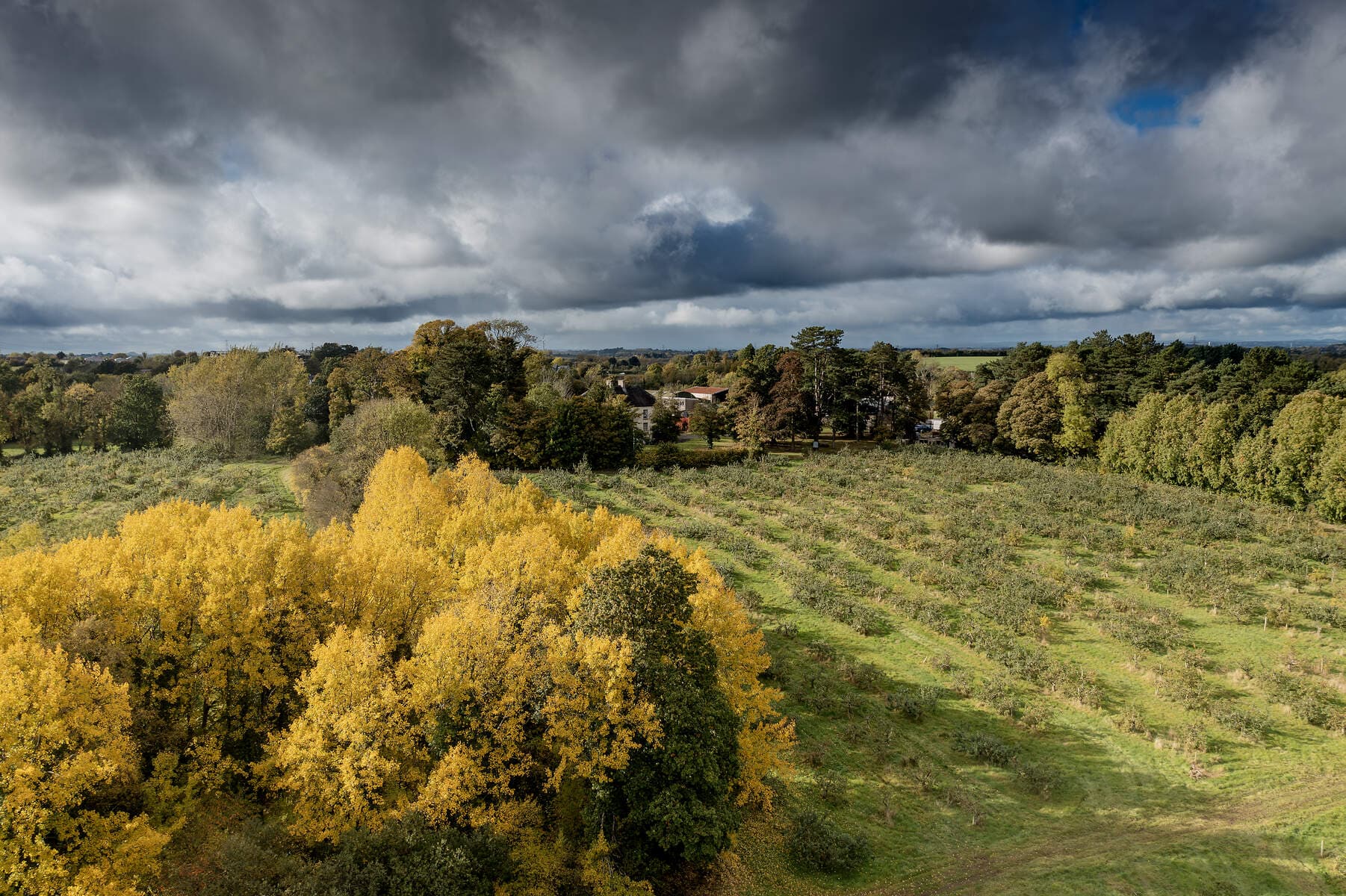
Cider Festival Armagh is an event not to be missed for those traveling in the autumn. Armagh is known for its apple orchards, and this festival celebrates the region’s cider-making heritage. Visitors can enjoy tastings of locally produced ciders, take part in orchard tours, and experience live music and entertainment. The festival is a perfect way to immerse oneself in the traditions and flavors of the region.
Traveling from Armagh to Dublin

Leaving Armagh behind, the journey to Dublin unveils some of Ireland’s most picturesque landscapes. For those traveling by public transport, the Armagh Bus Station is the main hub for buses heading toward Dublin.
One of the most remarkable stops along the way is Newgrange, a prehistoric tomb older than the pyramids of Egypt. This Neolithic monument, located in the Boyne Valley, is famous for its Winter Solstice phenomenon when sunlight illuminates the inner chamber for a few minutes each year.
Further along the route, Slane Castle provides an opportunity to explore one of Ireland’s grandest estates. Known for its stunning architecture and whiskey distillery, this castle has also hosted legendary concerts featuring artists such as U2 and the Rolling Stones.
For those interested in early Christianity, Monasterboice is another highlight. This ancient monastic site is home to some of the finest Celtic crosses in Ireland, offering a serene and reflective stop on the journey south.
Driving Rules for Traveling from Armagh to Dublin

For those opting to drive from Armagh to Dublin, understanding the road rules in both Northern Ireland and the Republic of Ireland is essential. Since Armagh is in Northern Ireland (UK) and Dublin is in the Republic of Ireland (EU), a few key differences must be noted when crossing the border.
Driving on the Left
Like the rest of Ireland and the UK, drivers in Northern Ireland and the Republic of Ireland must drive on the left-hand side of the road. This is crucial for visitors from countries where right-side driving is the norm.
Speed Limits and Road Signs
One of the most significant differences when crossing the border is the change in speed limit signage.
- In Northern Ireland (UK): Speed limits are displayed in miles per hour (mph).
- In the Republic of Ireland (EU): Speed limits are in kilometers per hour (km/h).
The switch happens as soon as you cross the border. The M1 motorway, the main road from Armagh to Dublin, is well-marked, making it easy to follow the limit changes.
Toll Roads in the Republic of Ireland
The M1 motorway leading into Dublin has toll roads, including the well-known M1 Toll Plaza near Drogheda. Drivers must be prepared to pay tolls in euros, either by cash, card, or eFlow electronic toll tags. It is advisable to check the latest toll charges and payment methods on the Transport Infrastructure Ireland website before traveling.
Driving License Requirements
Visitors from Northern Ireland and the UK can drive in the Republic of Ireland without needing an international driving permit. However, those renting a car should ensure that their insurance covers cross-border travel.
Petrol Stations and Service Areas
There are multiple service areas along the M1 motorway where drivers can refuel, grab a meal, and rest before continuing their journey. Popular stops include the Applegreen Service Station near Castlebellingham, which offers a variety of food and refreshment options.Being aware of these key road rules ensures a smooth and hassle-free drive from Armagh to Dublin.
What to Pack for a Trip from Armagh to Dublin

Packing for a journey from Armagh to Dublin depends on the season and the activities planned. Since the weather in Ireland can be unpredictable, it is essential to be prepared for different conditions.
Clothing Essentials
The weather in both Armagh and Dublin can change rapidly, so layering is key.
- Spring (March-May): Light waterproof jackets, comfortable walking shoes, and layers for cool mornings and evenings.
- Summer (June-August): Breathable clothing, sunglasses, sunscreen, and a light raincoat, as Irish summers can be both warm and rainy.
- Autumn (September-November): Warm sweaters, a heavier waterproof jacket, and sturdy boots, especially if planning to visit Navan Fort or other outdoor attractions.
- Winter (December-February): Insulated jackets, gloves, scarves, and waterproof footwear for cold and damp conditions.
Travel Documents and Currency
Since travelers are crossing from Northern Ireland (UK) to the Republic of Ireland (EU), different currencies are used:
- Northern Ireland: Pound sterling (£)
- Republic of Ireland: Euro (€)
While most places accept card payments, it is a good idea to carry a small amount of euros for tolls, parking, or local markets in Dublin.
Electronics and Navigation Tools
- A fully charged phone with Google Maps or Waze for navigation.
- A universal travel adapter comes from outside the UK or Ireland, as the standard plug is Type G with three rectangular pins.
- Portable power bank for long journeys, especially for those traveling by bus from Armagh to Dublin.
Armagh to Dublin: Essentials for a Comfortable Journey
Whether traveling by car, bus, or train, packing a few travel essentials can make the journey from Armagh to Dublin more comfortable:
- Reusable water bottles to stay hydrated.
- Snacks, especially for long road trips or if stopping at scenic spots like Newgrange or Slane Castle.
- Umbrella or raincoat, as Ireland’s weather can be unpredictable.
- Notebook or travel journal for jotting down experiences along the way.
Packing smartly ensures a comfortable and enjoyable trip, whether spending time in Armagh before departure or exploring Dublin upon arrival.
Explore Ireland with Celtic Self-Drive Vacations – Your Perfect Irish Road Trip

There’s no better way to experience Ireland than on a self-drive adventure. With the open road ahead, you can explore hidden gems, charming villages, and breathtaking landscapes—all at your own pace. At Celtic Self Drive Vacations, we don’t just rent cars—we plan your entire trip, so you can relax and enjoy the journey.
Why Choose Us?
- All-inclusive car rental with auto protection – No hidden fees, just smooth, worry-free driving.
- Personalized itineraries – We craft routes based on what you want to see.
- Curated lodgings and unique experiences – Stay in cozy cottages, and boutique hotels, and meet real locals.
- Logistics handled for you – From scenic routes to top dining spots, we take care of it all.
- Genuine encounters – Experience Ireland like a local, with insider access to hidden gems.
Start Planning Your Dream Trip to Armagh to Dublin
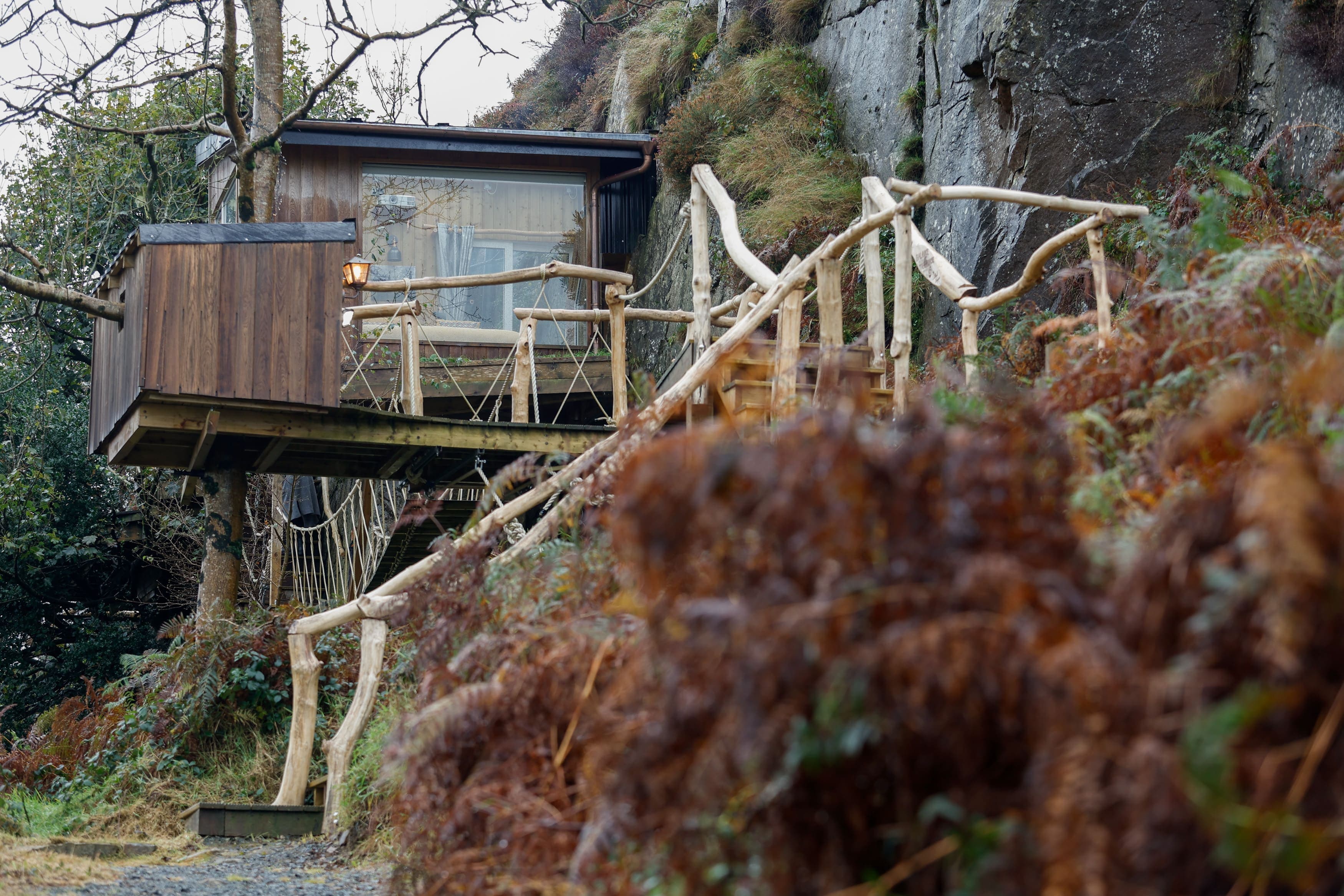
- Book Your Car – Stress-free rentals, all included.
- Explore Our Tours – Custom routes designed by locals.
- Free 30-Minute Travel Consultation – Chat with an expert, and plan your adventure.
Skip the tour buses and rigid schedules—your authentic Irish adventure starts here. Let us at Celtic Self Drive Vacations make it easy, personal, and unforgettable. Let’s hit the road.
Conclusion
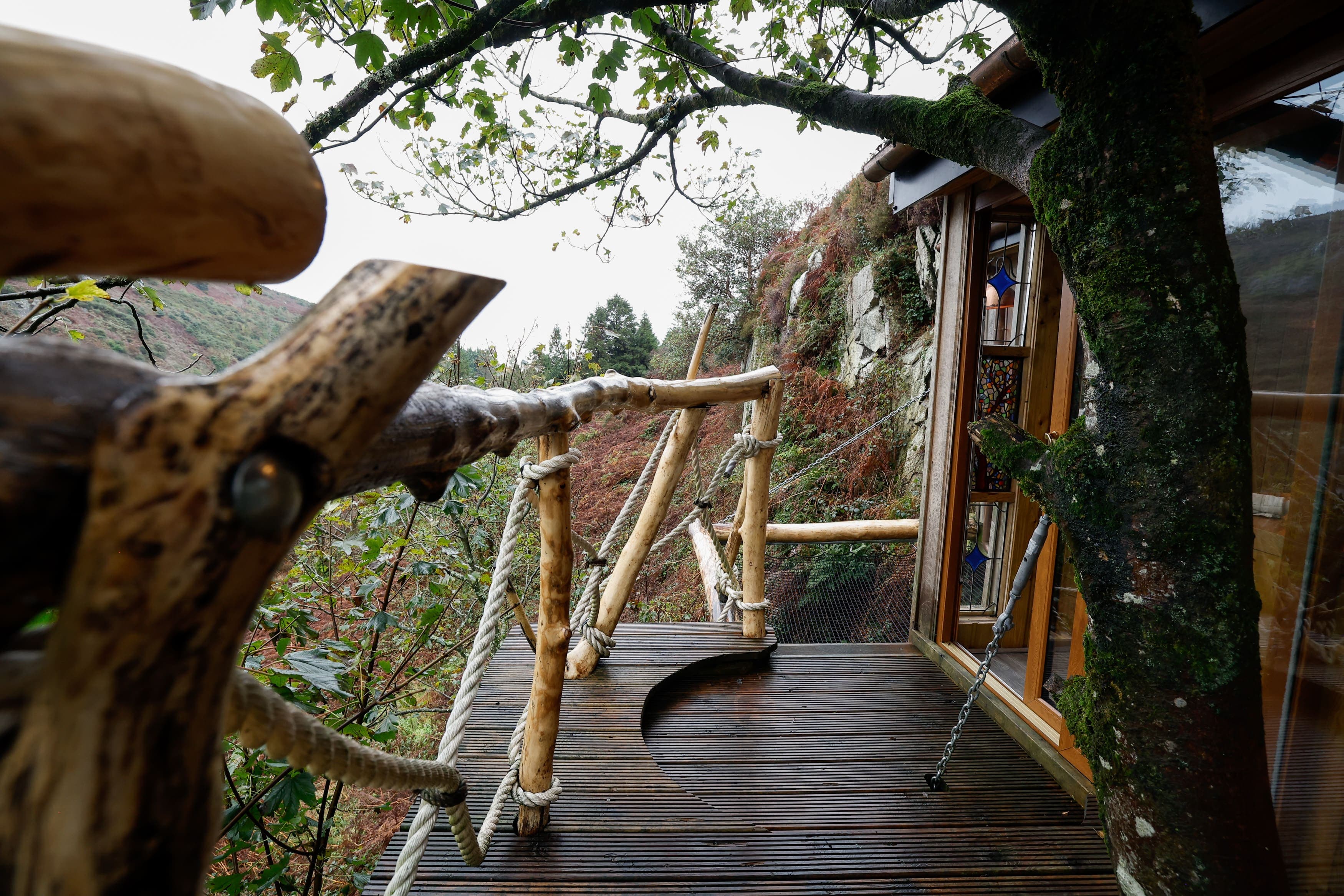
The journey from Armagh to Dublin is more than a simple transfer between two cities; it is an exploration of Ireland’s history, mythology, and modern charm. From the sacred landscapes of Armagh, where saints and warriors once walked, to the dynamic streets of Dublin, where history meets contemporary culture, this route offers endless opportunities for discovery.
For those seeking an experience that combines history, adventure, and cultural immersion, traveling from Armagh to Dublin provides an unforgettable journey through the heart of Ireland.
Related Articles
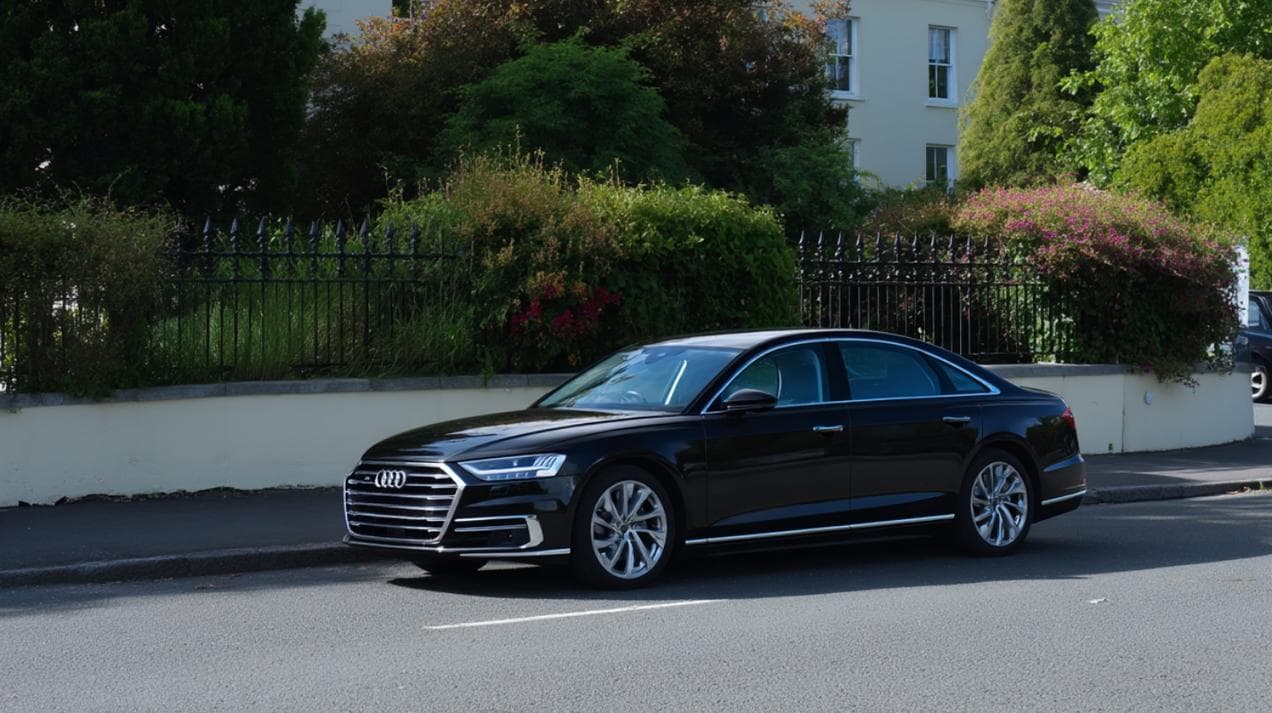
Ireland Private Driver Tours: Experience the Emerald Isle in Luxury and Comfort
Ireland private driver tours offer the ultimate way to experience the Emerald Isle in luxury and comfort. Discover hidden gems, iconic landscapes, and authentic experiences with Celtic Vacations' expert local guides. Our Ireland tours with private driver provide stress-free travel, personalized itineraries, and unparalleled access to Ireland's treasures.
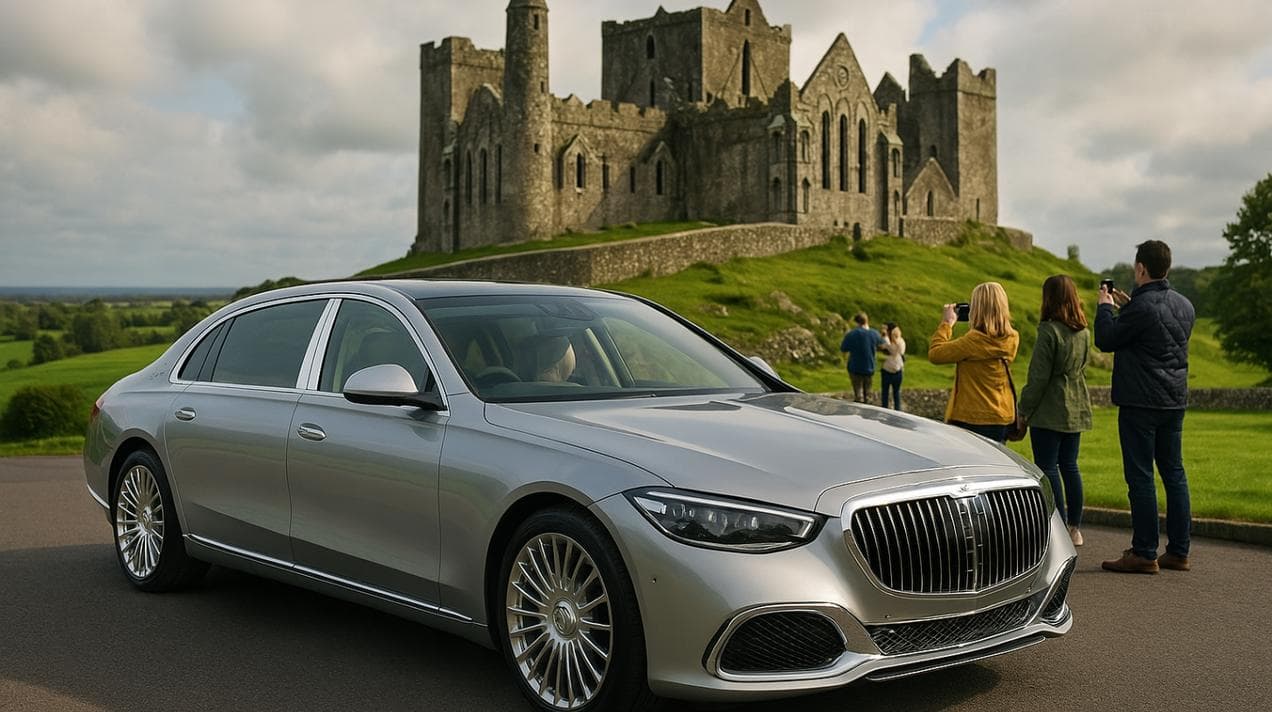
The Ultimate Driver Guide Ireland Experience: Luxury Private Tours with Celtic Vacations
Discover the ultimate Irish experience with our premium driver guide Ireland services. Enjoy stress-free travel, local expertise, and personalized itineraries with Celtic Vacations' private driver guides. Explore hidden gems and iconic landmarks in luxury and comfort while maximizing your precious vacation time. Book your bespoke Ireland journey today!

The Ultimate Guide to Ireland Self-Drive Adventure Sports: 10 Epic Routes and Activities
Discover the ultimate Ireland self-drive adventure with Celtic Self-Drive Vacations. Explore thrilling outdoor activities, from surfing the Atlantic waves to hiking breathtaking cliffs, all while navigating Ireland’s most scenic routes at your own pace. With expertly crafted itineraries and reliable vehicles, we ensure your adventure is smooth and unforgettable.